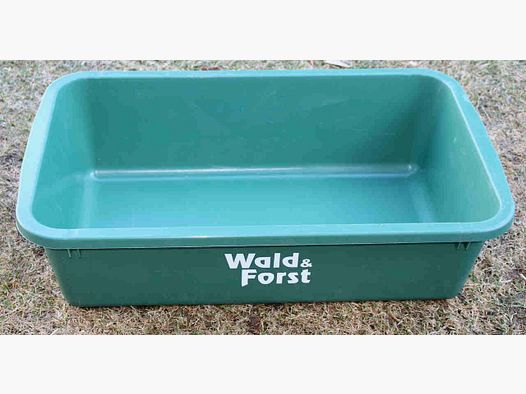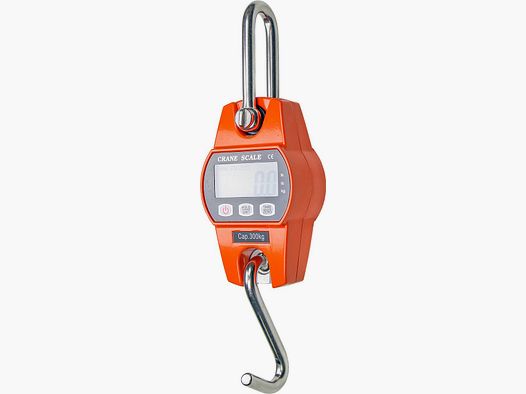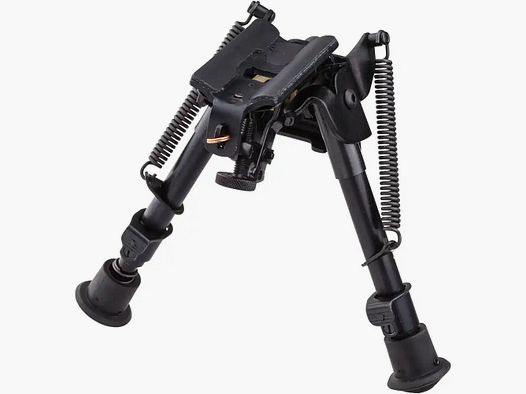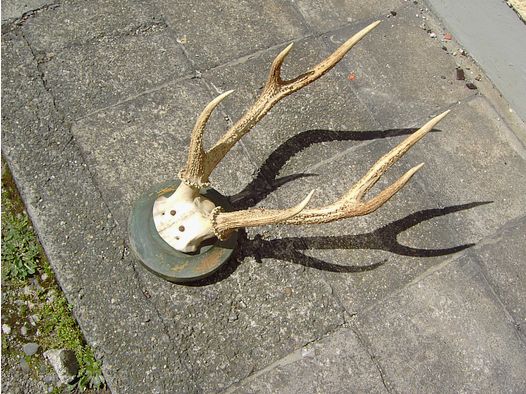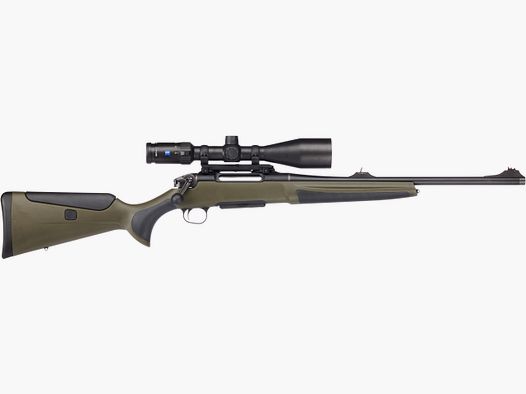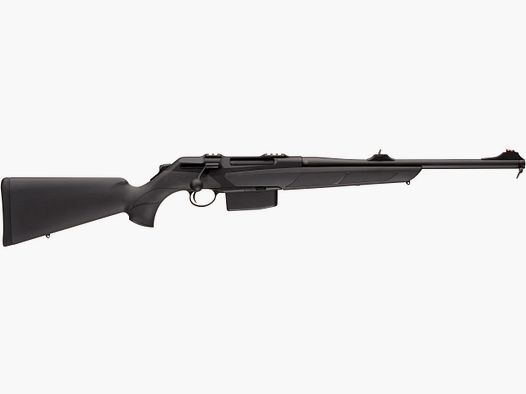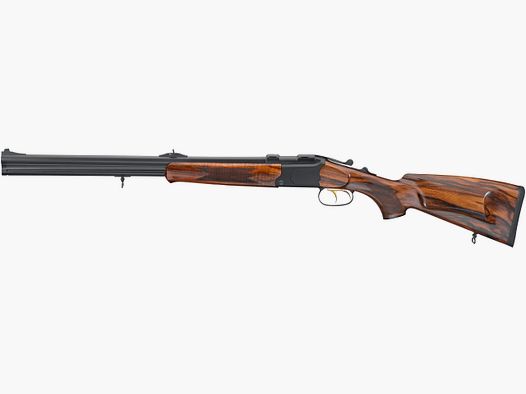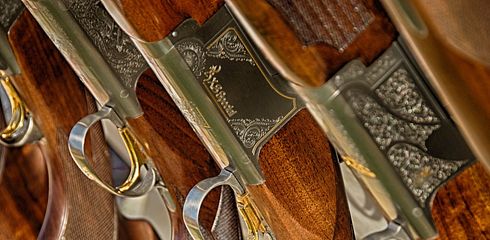A wildlife accident can be unpredictable and dangerous, both for the animal and the driver. In such a stressful situation, it is important to act calmly to avoid further damage and ensure the safety of all involved. A wildlife accident can happen at any time of day or night, just like any ordinary traffic accident. Below are some useful tips and advice to help you handle such a situation as best as possible.
Stay calm and stop immediately
If a wildlife accident occurs, it is essential to remain calm. Panic can lead to rash actions and worsen the situation. Stopping the vehicle immediately is crucial to assess the situation accurately. If the animal steps onto the road directly in front of the vehicle and it is clear that braking in time is not possible, the driver must not attempt to swerve to avoid the animal under any circumstances. This can have far more severe consequences. Therefore, the rule is: better to keep the steering wheel straight and hold on than to risk a serious traffic accident with many casualties.
Turn on hazard lights and set up warning triangle
To warn other road users and secure the accident scene, the hazard lights should be turned on and the warning triangle set up at a sufficient distance from the accident site. This minimizes the risk of subsequent accidents and facilitates the work of emergency services. This advice also applies to all other types of traffic accidents; securing the accident site is of utmost priority to increase personal safety and prevent follow-up accidents.
Secure the accident site and pay attention to animals
Caution is also required when dealing with injured animals. Wild animals can react unpredictably in stressful situations. Keep your distance and avoid touching the animal to prevent injuries. If necessary, call the local wildlife rescue or the police for further instructions.
Inform the police
In many countries, it is legally required to report wildlife accidents to the police. Therefore, contact the local police station immediately, describe the accident, and follow their instructions. This is important not only for legal reasons but also enables efficient assistance on-site.
No self-initiative with injured animals
It is tempting to care for injured animals, but this should be left to experts. Wild animals can be unpredictable, and quick movements or loud noises can increase their fear. Leave the rescue and care of injured animals to the appropriate professionals.
Document the accident
Take photos of the accident scene to document the damage. This can be helpful in case of claims with the insurance and police investigations. Note the date, time, the course of the accident, and any witness contacts.
Have animal carcasses removed
After the accident, it is important to have the animal carcass removed properly. This should be done by the relevant authorities or hunters to avoid further dangers and inconveniences.
Conclusion: Calm action is crucial
In the event of a wildlife accident, calm action is crucial. Stay calm, ensure the safety of all involved, and take the right measures – these are the keys to handling unforeseen situations as best as possible. Remember that help from experts in such situations is often indispensable to ensure the well-being of the animals and all road users.




